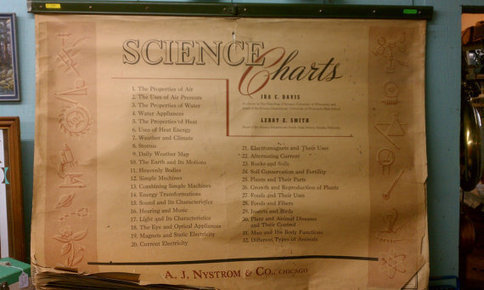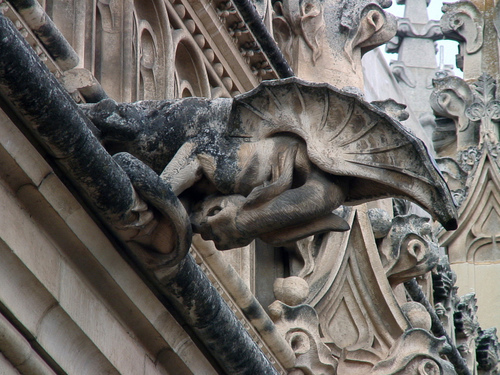A frequent item at antique shoppes are stereoview cards. The technology both predates, and exceeds the quality of, film and television in a sense. 3D images were a simple step up from a regular photo, just by adding another lens at the right distance, and now people could “visit” far away lands and see funny scenes in living 3D. Millions of them were printed and sold through the 19th and early 20th centuries, and the technology continued well into the 21st century as the Viewmaster, and all VR goggles are is essentially the same process, but with video for each half of the ‘image’.
When I bought a box of glass slides recently, I was surprised to find something that looked sort of like a stereoview card, but printed on a sheet of glass:
The layout is clearly a stereoview, down to the size of each image and their amount of separation, but I hadn’t ever seen one on glass before. To make sure it is definitely a stereogram style image, I scanned them in and compared — yes, this is definitely a 3D image. The GIF below is made just by morphing the left and right images into each other; I did not modify the images at all to get the effect, the motion just highlights the 3D effect:
These aren’t glass negatives, meant for printing stereoviews on cards; these are stereograph positives, meant to be viewed directly. Glass stereoview images were the high-end of 3D images of the 19th century. The image quality was much higher than the cardboard counterparts, but were correspondingly more expensive. The one posted above does not have a photographer’s mark nor a title, which may indicate it is a one-of-a-kind commission, but it is difficult to say for sure.
Glass stereographs can be viewed with a normal stereoviewer, although there were advanced viewers, like the one below, specifically designed to provide proper backlighting for the glass stereoview plates. This one was seen on eBay:
 Other, smaller handheld versions were also available, and all look like they have a frosted glass piece on the back to help illuminate the image for proper viewing.
Other, smaller handheld versions were also available, and all look like they have a frosted glass piece on the back to help illuminate the image for proper viewing.
The slides were produced the same as magic lantern slides, starting with a wet plate collodion process in the 1850s, and moving towards the dry-plate process once that technology was improved in the 1870s-1880s. The image above, the first one I scanned, appears to be the older process, having a very silvery finish when held at an angle to the light; the others I’ve looked at are less silvery, and seem more mass produced. Here’s the other I’ve scanned so far:
It is marked at the bottom “Tour St. Jacques, Rue de Rivoli “…and something illegible. Tour St. Jacques is clearly the tower in the middle, a landmark in Paris, and the Rue de Rivoli is the road on the right side of the photo. The photo appears to be taken from the roof of St. Gervais et St. Protais Church, because the cross in the left-eye image is the cross from the top of the facade, which makes the building in the foreground is the Hotel de Ville. I was a little thrown off because the Hotel de Ville in this photo doesn’t look like the current-day Hotel — close, but not quite. It turns out the Hotel de Ville burned in 1871, and was rebuilt with a slightly different design, so my slide which depicts the pre-fire Hotel is from no later than that year. 147-year-old virtual-reality technology, here in my hands!
These 3D technologies, both on glass and paper, waned at the beginning of the 20th century, but were soon replaced with a newer, film-based system which reduced 3D viewing in both size and complexity. The Viewmaster took off as soon as color photography became cost-effective, bundling several stereo views into a single disk, making it easier to use and more convenient, lasting through the 20th century, although as a children’s toy for most of it. 3D imaging usually brings thoughts of the brief anaglyph 3D fad of the 1950s and 1960s, or dreams of the future of virtual reality, but these glass plates and their lineage goes to show that 3D has been around for over a hundred and fifty years, in various forms, and will always catch people’s attention.



















































































